The donation of specially marked weapons of war to the actual combatants has been carried out for centuries, and in the First World War (FWW) the tank and the aeroplane joined the list of presentation weapons. The government urged the public to “do their bit” and donate to funds which would “buy” a tank, ambulance, field gun or aeroplane.
This idea was resurrected in the Second World War (SWW), and a “price list” was made out: £5,000 for a single-engined fighter (usually a Spitfire but sometimes a Hurricane or other type), £20,000 for a twin-engined aircraft and £40,000 for a four-engined aircraft. A Spitfire was a snip at £5,000, this being just half the cost for a torpedo at that time.
During the FWW, His Serene Highness, the Nizam of Hyderabad donated a squadron of D.H.9As, and had received a letter from the Air Ministry thanking him for his generous gift, saying that his name would be forever linked with a squadron of the RAF.
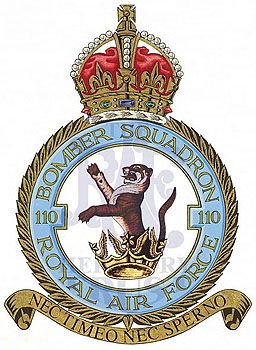
In recognition of this, each aircraft was marked with a suitable inscription and were operated by No 110 Squadron from that time on, the unit was officially titled No.110 (Hyderabad) Squadron, and eventually the Nizams’ crest depicting a demi-tiger was used as the basis of the squadron badge.
All 18 of the squadrons’ aircraft were inscribed on both sides of the nose ‘Presented by his Highness the Nizam of Hyderabad, Hyderabad No ……….’ They were individually numbered from 1 – 18 and F1010 on display at the RAF Museum at Hendon was the 13th aircraft but became No12a rather than 13 for superstition reasons and was coded ‘C’.

However, with the end of the FWW hostilities the government of the day began cost cutting, and the RAF suffered drastically. No 110 (Hyderabad) Squadron was disbanded on 27th August 1919. The squadron reformed on 18th May 1937 with Hawker Hinds at RAF Waddington and on the outbreak of the SWW, the Nizam enquired what “his” squadron would be doing.
This created some embarrassment at the Air Ministry as the name “Hyderabad” had long been forgotten, but they extricated themselves from the situation by explaining that his original donation covered the cost of perhaps two modern fighters. The Nizam promptly stumped up more cash, thus setting a precedent. He also had small badges made for the pilots, and even sent them £60 with which to have a party, though the pilots thought he could have been a little more generous.
No. 152 Squadron reformed on 1st October 1939 equipped with Gloster Gladiator biplanes. Two months later it began to receive Spitfires funded by the Nizam of Hyderabad on 21 December 1939 and went operational on 6th January 1940, flying coastal and convoy patrols. Just like like it’s predecessor 110., the squadron became known as No.152 (Hyderabad) Squadron.
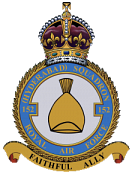
Meanwhile, the idea caught on, and “Buy a Spitfire” funds sprang up overnight, being further encouraged in 1940 by Lord Beaverbrook when he was appointed by Winston Churchill to run the newly-formed Ministry of Aircraft Production.
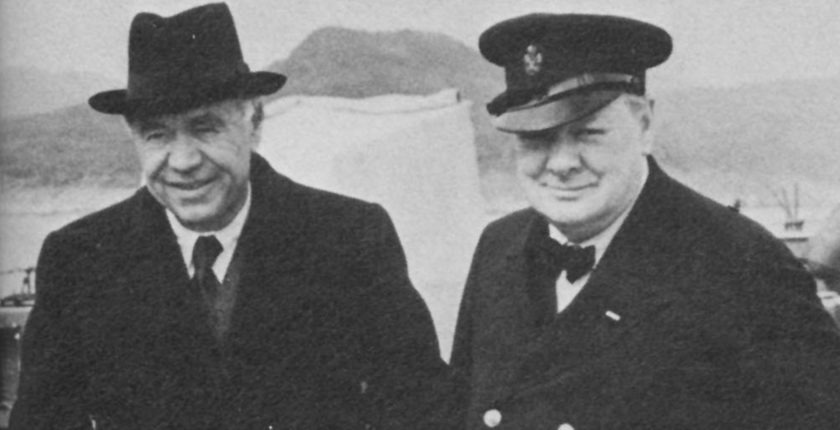
The actual cost of a Spitfire was reported to be £8897.6s.6d, about £255,608 in todays money. Beaverbrook recognised that it would be difficult for cash strapped organisations to raise such large sums so he decided to make the public an offer that they couldn’t refuse. He dropped the nominal price of a Spitfire to just £5000, equivalent to £143,600 today. If communities or organisations could raise £5000 Lord Beaverbrook would build a Spitfire, stick their name on it and give it to the RAF.
Very soon the streets of every village, town and city resounded with the rattle of collecting tins, as well as assorted donations from overseas. From Accrington to Zanzibar, from Scunthorpe to New Zealand, from Iceland, America, Brazil, South Africa and India the money poured in.
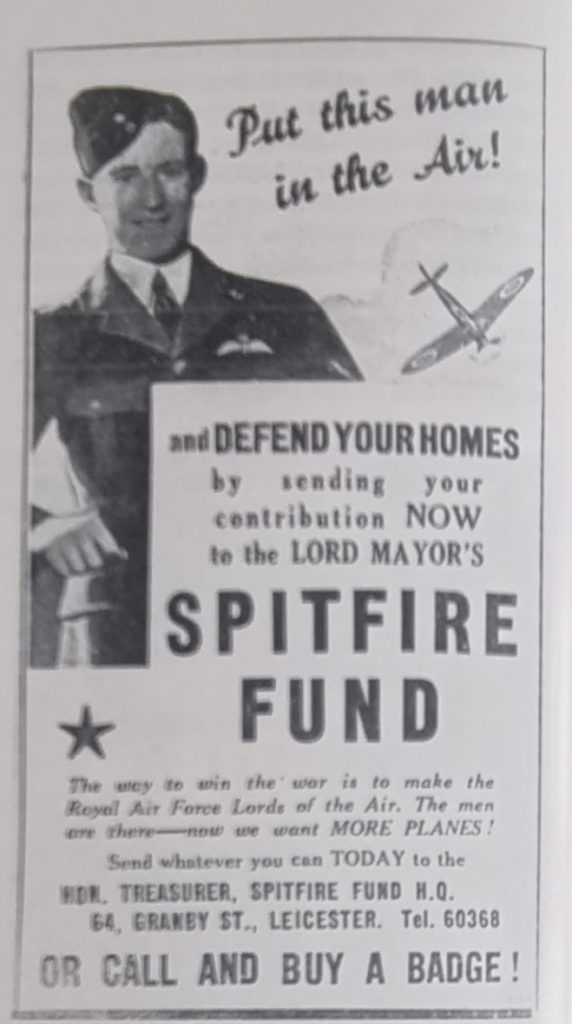

On the 6th September 1940, the Grantham Journal reported that Melton is to have a Spitfire Fund and that a Committee had already been formed to manage the scheme.
The committee was made up of the following individuals: Mr Oliver Brotherhood, J.P., Chairman of Melton U.D.C; The Duchess of Rutland, Lady Daresbury; The Vicar of Melton the Rev H.R. Bates; The Rev T Lee; Mrs Cantrell-Hubbersty, J.P.; Mrs A E Burnaby; Mr & Mrs C J Clarke; Mrs E Crawford; Mr R W Brownlowe, chairman Melton Justices; Mrs Freckingham; Mrs A Leate; Mr James F Montagu, chairman of Melton and Belvoir R.D.C.; Alderman T Sarson; Mrs G Barrow; Councillor T R Stockdale; Messrs G W Whitlock, J.P.; A Bramley; Fred A Brown; J K Burton; F W Davies; W F Easom; L C Leader; A P Marsh and E P Sedntance; Mr J Green, manager of the Melton Branch of the Midland Bank is the hon. Treasurer, and Miss M J Gibson, also of the Midland Bank, hon. Secretary.
The fund was officially launched on Wednesday 11th September 1940 at a meeting held at the Plaza Theatre, arranged by the Rotary Club. The highlight of the evening was a talk given by Mr William Courtenay MM.
When he was seventeen, William Courtenay joined his local Territorial Army (TA) unit, the 4th Battalion, Cheshire Regiment which was a large group of part-time reservists. When the FWW commenced a year later, the TA was mobilised and Courtenay, along with his pals in the 4th Cheshire was sent to the Middle East. Thus Courtenay came to be at Gallipoli and Gaza, where he was awarded the Military Medal (MM) for his part in the capture of the Turkish Headquarters staff in 1915.
Courtenay was recommended for a commission which he elected to take in the Royal Flying Corps. After the FWW, he became an aviation journalist focusing on the early development of British civil aviation, which led him to meet many of the well-known early aviators such as Amy Johnson and Jim Mollison whom he managed during their record breaking flights.
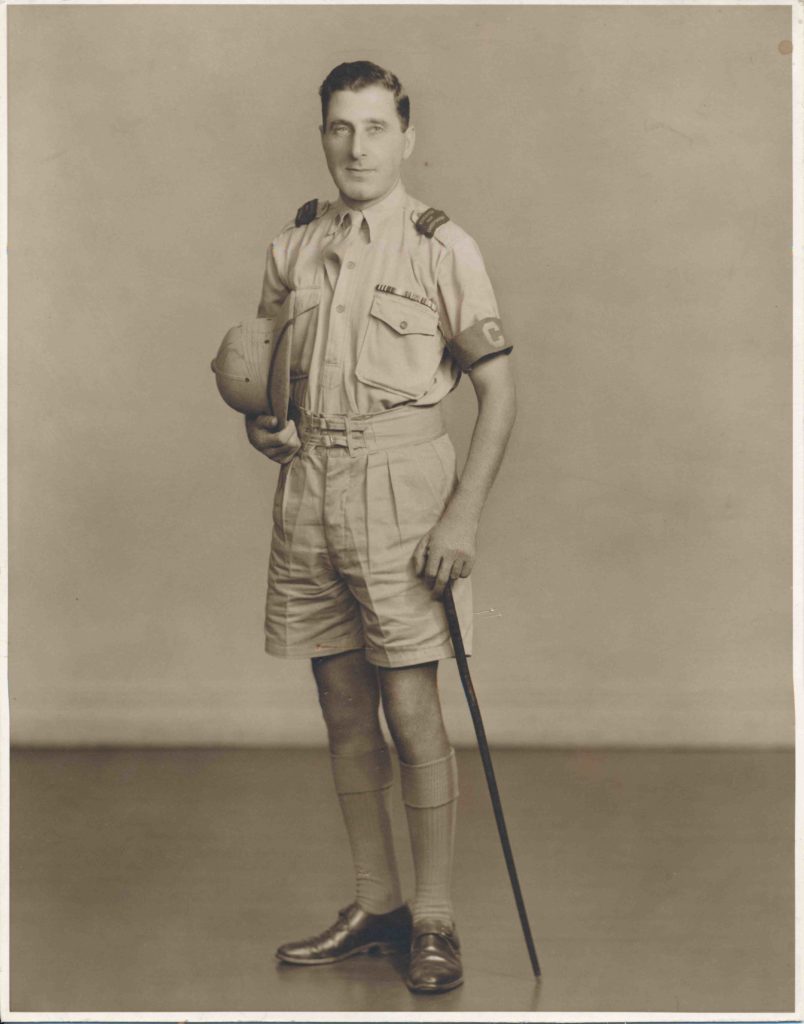
Shortly after Churchill became prime minister in May 1940, one of his main objectives was to work as closely with the Americans as possible. As part of that policy, in July 1941, the British government sent Courtenay to the United States, to undertake a six-month coast-to-coast lecture tour, telling American audiences about the Battle of Britain.
At the Spitfire Fund launch event on the 11th, Courtenay gave an inspiring talk dealing with many aspects of the war and told the audience he was glad to receive an invitation from the Melton Rotary Club. His talk was about the work of the RAF and about the momentous task to which it had committed itself in the historic battles which were taking place in the air.
These battles, he said, were perhaps the most momentous in the history of this country, because on the outcome depended not only the security of people in this country, but the whole future peace of Europe, and, indeed, all the things which man had built up in his upward struggle from the most primeval times of history. The issue was very clear cut and simple. They had got to seize this foul bestial thing which had arisen in Europe by the throat and thrash it until the last breath from its foul body was extinguished, adding; “We must give all that we haver in this time for freedom to crush this foul thing beneath our heel.” [Grantham Journal 13th September 1940].
Even before the launch event had taken place, donations were starting to come in and when the launch was held, the fund was already sitting at £600. Mr Joseph Wakerley J.P. got the ball rolling when he handed in a cheque to the Midland Bank. The Toy Soldiers band had started a series of whist drives on behalf of the fund. Every little helps as a profit of £2 11s 1d was raised from their first drive.
Both young and old were getting involved in the fundraising. The children of Asfordby Road Primary School started fundraising by holding a ‘white elephant stall’ and collected £5 for the Melton Spitfire Fund. Over in Twyford, two small children, Patricia Thody and Edna Johnson held a jumble sale and raised 10s.
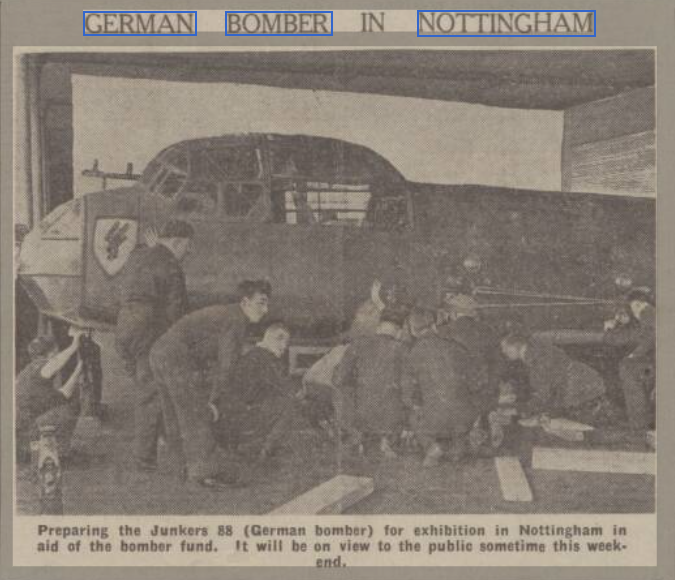
The Nottingham Evening Post reported on the 19th September that the Junkers JU-88 German bomber that was currently on display at the Messrs Shipsides premises on Parliament Street in the city will be moving to Melton to raise funds for the Melton Spitfire Fund which had passed the £1,000 mark in a week.
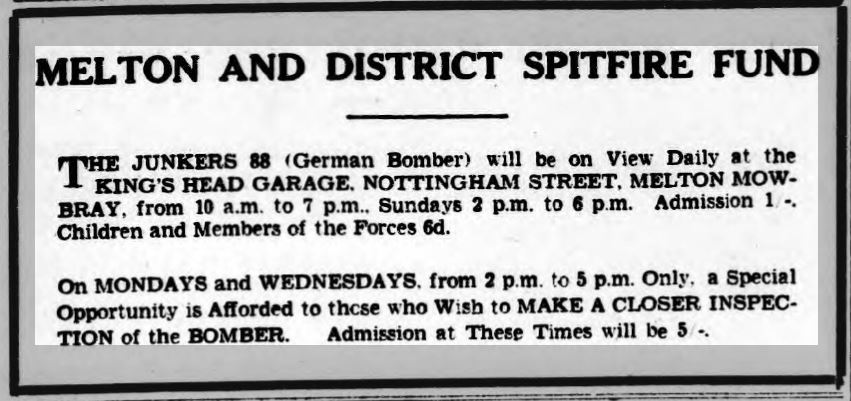
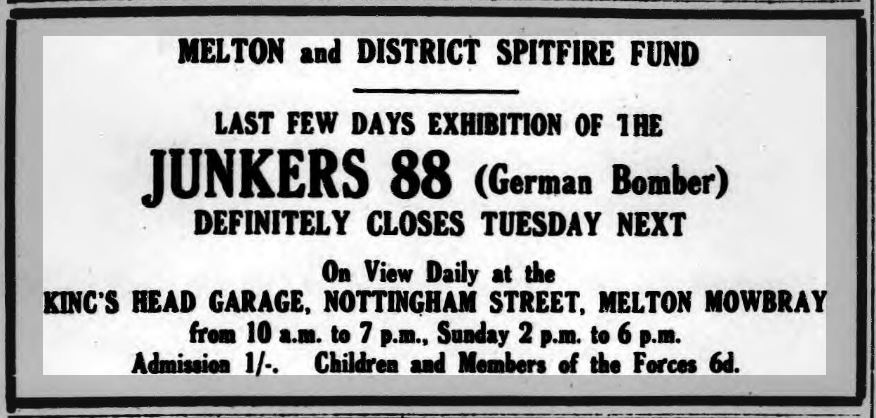
The Leicester Evening Mail reported on the 11th October 1940 that the Melton Spitfire Fund had now reached £3,300 and approximately £300 of this was from contributions from the Ju88 bomber exhibit which over 10,000 people visited the bomber.
Fundraising efforts were being undertaken throughout the district. Local firms continue to assist the fund with Messrs T Denman & Sons employees donating £6 11s; Melton UDC Highways Depot employees £1 15s 3d; Melton Ladies Bowls Club £8 8s. A variety of concerts raised £64 and entertainment by Mr & Mrs Edgar Heawood of Thorpe Satchville raised £5 8s.
Throughout the villages as well as in town, fundraising events were being organised. Lady Daresbury, The Duchess of Rutland organised a Whist Drive in Waltham and raised £113 10s which included 16 guineas raised from the auction of a sheep by the Duchess.
The Duchess also organised another fundraising event at Croxton Kerrial in the form of a whit drive and the proceeds from which along with donations raised another £33 towards the fund.
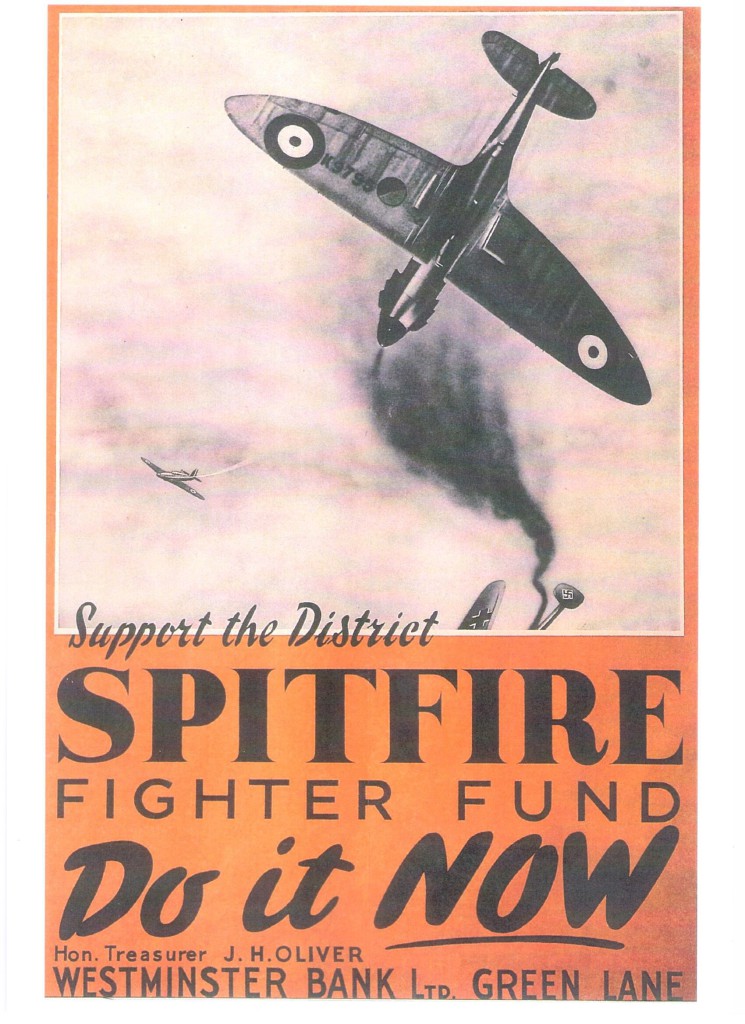
The villagers of Ragdale responded generously by raising £26 3s. in response to an appeal by Mrs W P Cantrell-Hubbersty of Ragdale Hall.
At Frisby-On-The-Wreake, the village Childrens Effort raised £14 from a jumble sale.
Mrs O Pilkington organised a garden fete at her hunting home in Little Belvoir near Abb Kettleby. She was ably assisted by an enthusiastic band of helpers from the villages of Abb Kettleby, Holwell and Wartnaby. The opening ceremony was performed by Lady Daresbury and the Melton Toy Soldiers Carnival Band gave a display. The proceeds from the day raised nearly £100 towards the fund.
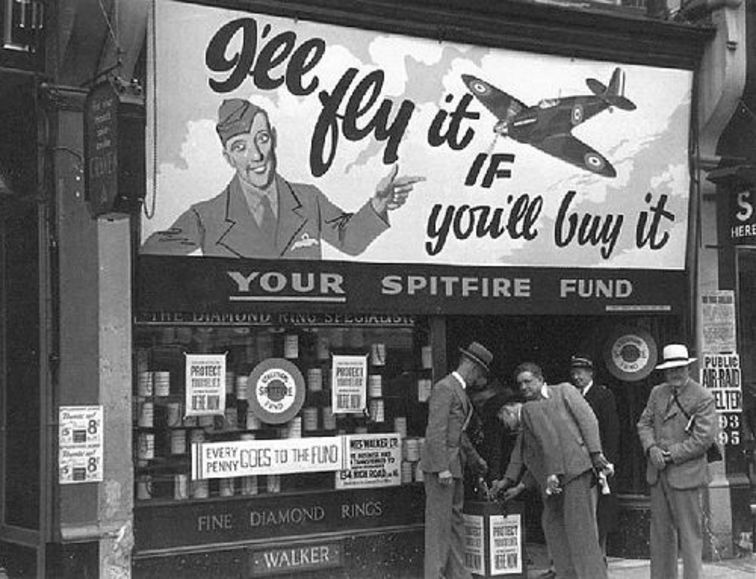
In Sproxton, Mr W H Birch organised a collection and raised £17 2s 9d.
The Leicester Evening Mail reported on the 25th October 1940 that Mr John Green, the funds treasurer, announced in a recent meeting that the fund is within £900 of reaching its objective. Mr Frank Brewitt, brother of Mr F H Brewitt of Eye Kettleby Hall sent in £50 from Ireland and Mrs A E Burnaby of Thorpe Satchville raised £20 from a whist drive she organised. Mr Green went on to say “An intensive effort is to be made to raise the required sum and it is hoped to do so by November 23rd.
Mrs Burnaby also raised a further £7 2s. 3d. from collections in the village for the same fund.
On the 30th October, the village of Hose held one of its most successful social events. The event comprised games, competitions and dancing was organised by Mr & Mrs H Brooks in aid of the Melton Spitfire Fund. The winners of the ankle competitions were Mrs H Brooks and Miss Joan Hourd; the spot waltz Mr & Mrs Job Baxter; the statue dance the Misses Jean Hunt and Norah Barnes; book competition Miss Mavis Hunt. Mrs A Pearson was at the piano for the games and competitions and Mr E Burnett and Mr H Brooks were the MCs with Mr B Mantle in attendance with his radiogram for the dance music. The effort realised £4 11s 8d.
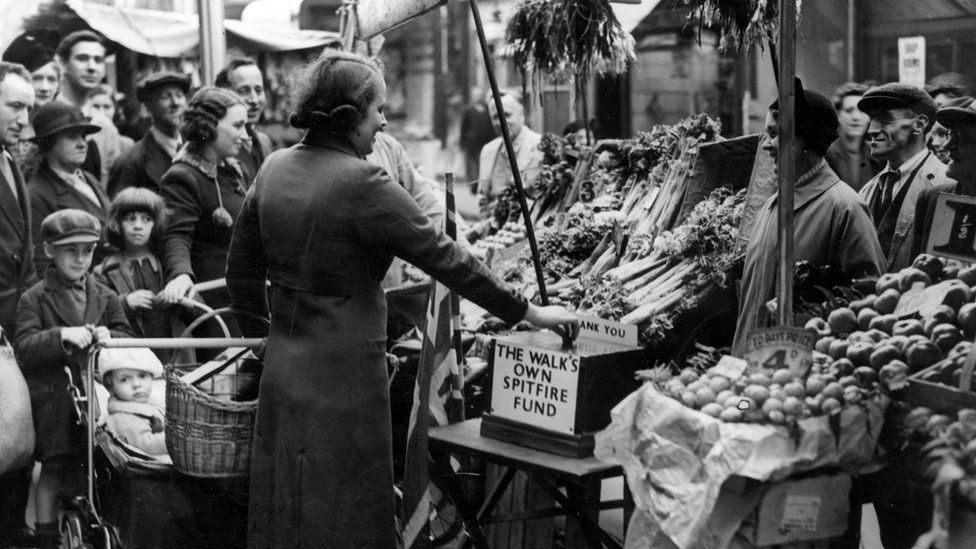
Just a few days later, Hose held another fundraising event in the schoolroom where gifts were sold including garden produce and groceries. Messrs H Brooks, C Hunt and E Burnett were in charge of the sale with the assistance of several lady helpers! The event raised another £18 for the Spitfire Fund.
At another event in Hose, the village children’s effort raised £4 2s from a ‘Mile of Pennies’.
Over in Eaton, Messrs G Warr and F Williams of the Home Guard organised a whist drive for the benefit of the Spitfire Fund. The winners were Miss Bagshaw, Mrs M Darby, Mrs C Johnson, and Messrs Pearson, WH Shipman and W Gould. The winners of the knock-out whist were Mrs Johnson and Mr Pearson. The MC was Mr F Williams. Mr O’Leary won a competition arranged by Mr G Warr and the proceeds amounted to upwards of £3.
Messrs G Warr and F Williams of Eaton collected a further £30 10s which was sent to the fund in December.
In the Grantham Journal on the 1st November 1940, Mr Green gave an interesting breakdown of the funds received up to the meeting mentioned above: Individual Donations £543, street collections £314, business houses £169, schools (excluding grammar school) £127, members of clubs including the Rotary and Masonic Clubs £196, from club funds £105, employees of firms £86; special efforts including Melton Bomber exhibition and Midland Woodworking Co.’s competition £783.
Mrs R E Strawbridge, a former well known hunting personality in the Melton District and now residing the United States collected sums amounting to $45, equivalent to £11 1s 1d. In a letter to the secretary of the fund, she wrote “Everyone in my country is working hard for Great Britain, and doing all in their power to help them in this their hour of need. Please remember me to all my Melton friends: they are always in my thoughts.”
Colonel F G D Colman gave a second donation of £5, and amongst village contributions received during the last few days are : Croxton Kerrial £33, Muston £10 4s 6d; Stathern second installment £6 7s 3d. The sum of £10 was also given by Snow Hill shoes Ltd.
£4,141 For Melton Spitfire was the headline in the Leicester Evening Mail published on 21st November 1940. Melton Spitfire Fund has reached a total of £4,141 19s. 5d. Included in the donations is £14 8s. 11d. from a sale of miniature Spitfires organised by Mr C Goldspink, headmaster of the Boys’ Modern School.

Across in Buckminster, villagers Mrs Black and Mrs T Simpkin collected £11 for the Melton and District Spitfire Fund.
Throughout Melton and the surrounding villages, the people of the district pulled together in a fantastic fundraising effort and when the decision to close the Melton Spitfire Fund was announced in the Grantham Journal on the 6th December 1940, to total raised stood at just over £4,240.
By the time the fund actually closed in February 1941, the patriotic action that awakened the people of Melton Mowbray and surrounding villages into forming the Melton District Spitfire Fund and, thanks to the Melton Times newspaper’s efforts, the ultimate goal of raising £5,091 14s. 4d. was reached by 12th February 194.


A cheque for £5,083 12s 10d was sent to Lord Beaverbrook, the Minister of Aircraft Production.
Spitfire P8522 was just one of 18 presentation Spitfires produced with funds raised by the City of Leicester and towns across the County.
According to the official Air Ministry list, P8522 was built as a F Mk 1A, but was converted to a F Mk IIB during production. she was built in April 1941 at the Vickers Armstrong Ltd. factory at Castle Bromwich, and was part of Contract No B981687/39/C.23(C) dated 12th April 1939 which was placed for the first batch of 1000 F MkII’s.
As requested by the fund organisers, P8522 wore the title “Melton Mowbray & District” along with the towns emblem of the Red Lion Rampant upon a white background.
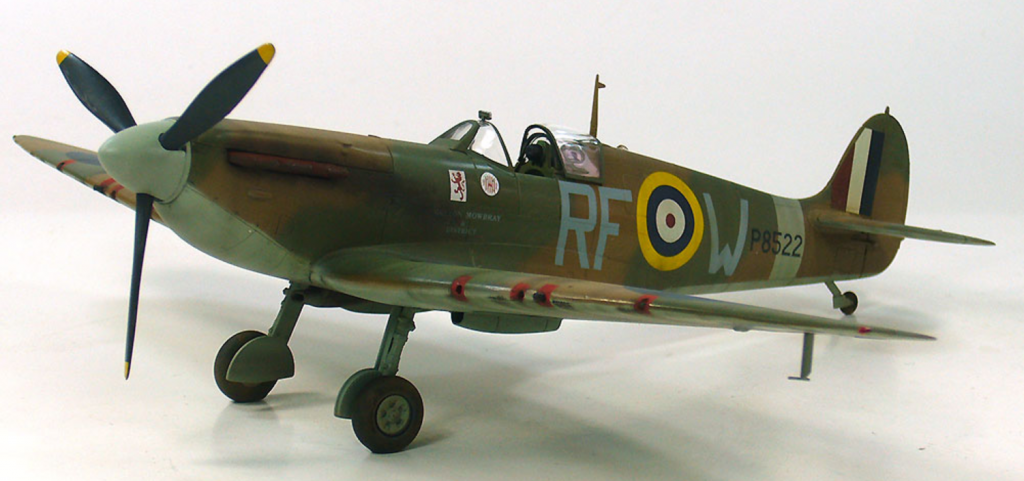


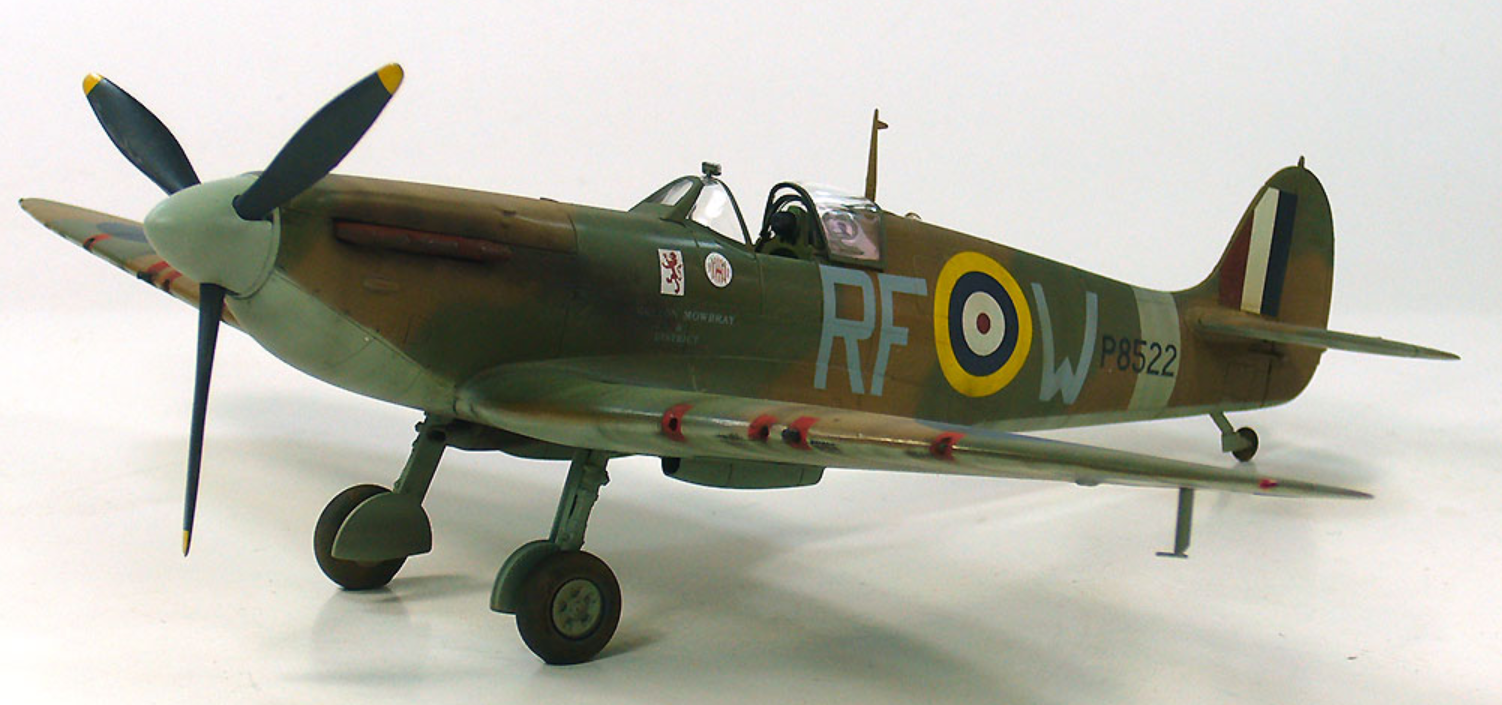
One Reply to “37 – Melton & District Spitfire Fund”
Comments are closed.